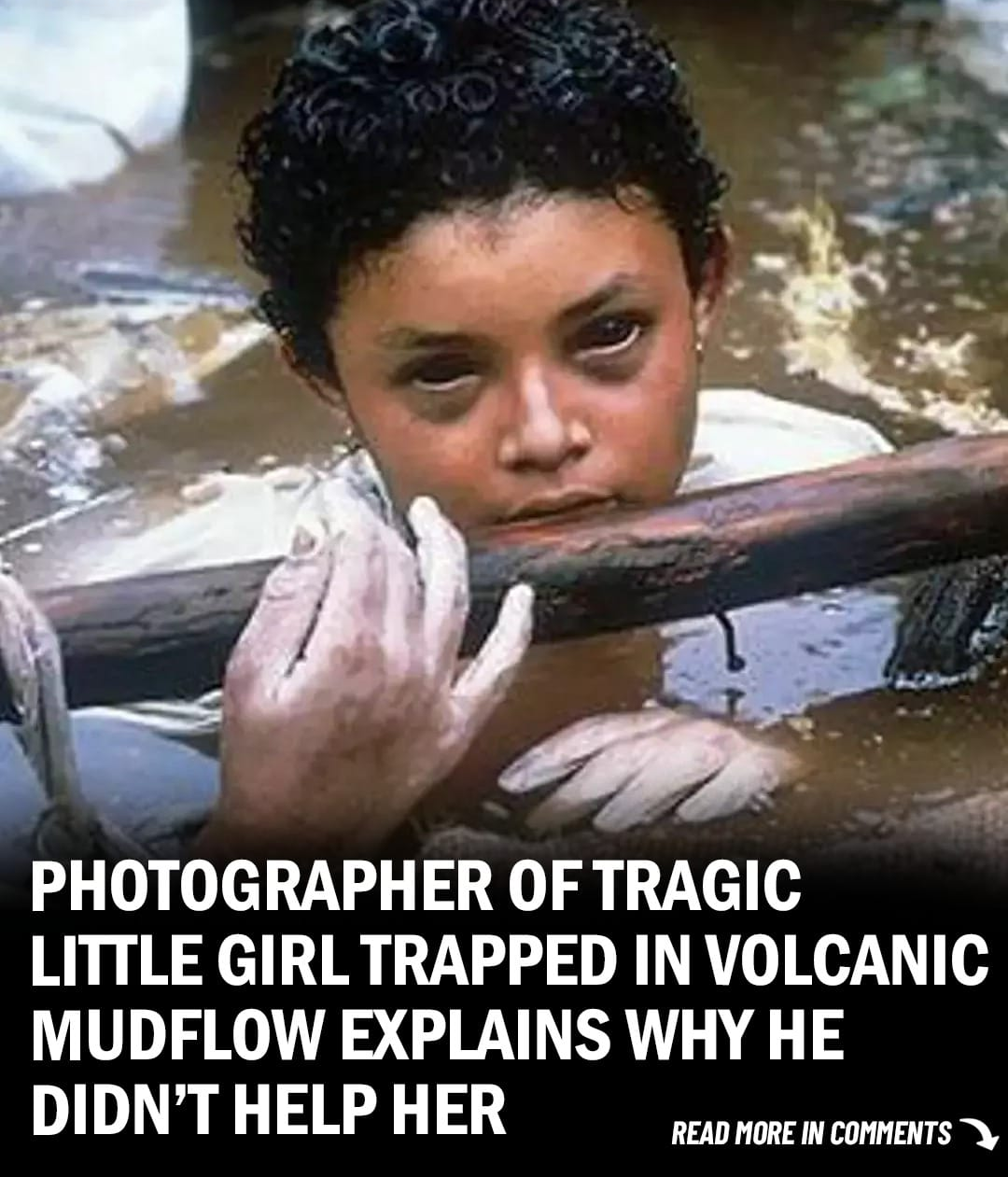The eruption of the Nevado del Ruiz volcano in Colombia on November 13, 1985, led to one of the most catastrophic natural disasters in South American history. The once-thriving town of Armero, home to 29,000 residents, was almost completely wiped out. Approximately 20,000 people perished in the town alone, and the death toll across the surrounding areas climbed to 25,000. The town was left in ruins, and eventually, it was abandoned altogether
The deadly force behind the widespread destruction was a pyroclastic mudflow, known as a ‘lahar,’ triggered by the eruption. The intense heat from the volcanic activity melted glaciers atop the Nevado del Ruiz. This sent torrents of mud, ash, and debris racing down the mountain. Armero was struck by three successive lahars, which tragically claimed the lives of many who had initially survived the eruption. The disaster’s scale was compounded by the lack of adequate evacuation plans, despite scientists predicting the potential severity of the eruption.
Omayra Sánchez: A Symbol of Tragedy

Among the countless victims was 13-year-old Omayra Sánchez Garzón, whose plight captured global attention. Trapped in the debris and volcanic mud, Omayra became a symbol of the tragedy that befell Armero. Rescuers made several desperate attempts to save her, but they were ultimately unsuccessful. For three agonizing days, Omayra remained trapped, her body pinned beneath the wreckage of her home, her legs caught under a heavy brick door, with the lifeless arms of her aunt clutching onto her feet.
The Haunting Image: Frank Fournier’s Iconic Photograph

Omayra’s tragic story was immortalized by photographer Frank Fournier, whose haunting image of the young girl became synonymous with the disaster. The photograph, showing Omayra’s bloodshot eyes—so dark they appeared black—resonated with people worldwide. Fournier later reflected on the power of the image, saying, “She was facing death with courage and dignity.” The photograph sparked a global outcry and raised significant awareness about the disaster.
The Dilemma of the Photographer: To Help or to Document?

As the photograph circulated globally, Fournier faced criticism from some quarters, with people questioning why he didn’t help Omayra out of the lahar. In response, he explained to the BBC that rescuing the girl was impossible, given the circumstances. “There was an outcry—debates on television on the nature of the photojournalist, how much he or she is a vulture,” Fournier recalled. “But I felt the story was important for me to report, and I was happier that there was some reaction; it would have been worse if people had not cared about it.”
The Role of Photojournalism: Capturing Tragedy with Integrity

Fournier defended his decision to capture the moment, emphasizing the importance of his work in raising awareness. “I am very clear about what I do and how I do it, and I try to do my job with as much honesty and integrity as possible,” he said. He believed that the photograph played a crucial role in drawing attention to the disaster and the Colombian government’s lack of preparedness. “I believe the photo helped raise money from around the world in aid and helped highlight the irresponsibility and lack of courage of the country’s leaders.”
Omayra’s Final Hours: A Testament to Human Resilience

In the final hours of her life, Omayra exhibited remarkable resilience. Surrounded by journalists, photographers, and rescue workers, she remained calm, even as her condition deteriorated. Onlookers sang to her, gave her sweet food and soda, and tried to provide comfort as she awaited her fate. By the third night, Omayra began to hallucinate, telling those around her that she needed to go to school for a math exam. Despite her agony, she selflessly asked the people who stayed by her side to rest.
A Heartbreaking Farewell: Omayra’s Last Words



Leave a Reply